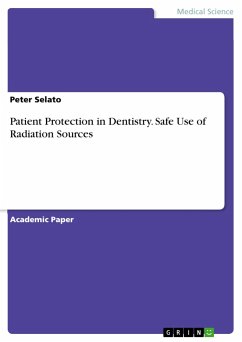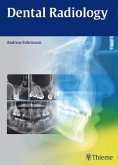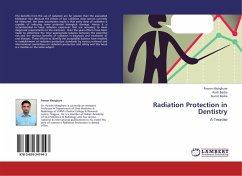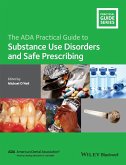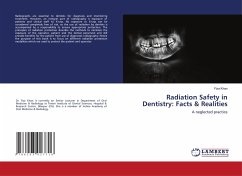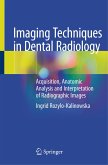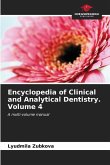Academic Paper from the year 2013 in the subject Medicine - Dentistry, grade: 4.0, University of Ghana, Legon (School of Nuclear and Allied Sciences), language: English, abstract: Current literature on dental radiology was reviewed in order to seek justification for radiological protection of patients in dental radiography, to explore the different factors affecting patient dose and to derive practical guidance on how to achieve radiological protection of patients in dentistry. Individual doses incurred in dental radiology are in general relatively low, however it is generally accepted that there is no safe level of radiation dose and that no matter how low the doses received are, there is a mathematical probability of an effect. Hence appropriate patient protection measures must be instituted to keep the exposures as low as reasonably achievable (ALARA).The literature review demonstrated that there is considerable scope for significant dose reductions in dental radiology using the techniques of optimisation of protection. The techniques of optimization of protection that can be used to ensure patient dose is as low as reasonably achievable whilst achieving clinically adequate image quality include the following: image receptor election, image receptor holders, collimation, beam filtration, operating potential and exposure time, patient protective equipment, film exposure and processing, film storage, image viewing, quality assurance, diagnostic reference levels, technique charts and training and education

